Automobilia
LAPEL BADGES AND GREAT CAR, MOTORCYCLE AND BICYCLE OBJECTS
An absolutely stunning Bugatti Badge from Buster Keldors collection. It is a cap-badge which probably has been used for showing at races.
Two very rare badges from the Bendt Mackeprang collection. The German Loeb badge made in approx. 1910 is the only known example in existence.
Collectors
In Buster Keldors collection there were many beautiful and special badges. For example, a very fine emblem from Laurin and Klement which he as a boy had received as a gift from the factory. Above is another interesting badge. An Austin badge. It is made of silver and from the hallmarks it can bee seen that it is made in Birmingham in 1916. It looks more like a cross between a brooch and a commercial badge and it is probably produced as a unique piece for a lady. To which occasion it was produced we´ll probably never find out.
In Denmark many children and young people collected in the 1930's and many boys began to collect car badges. There are especially two collectors I would like to mention. They are Buster Keldor and Bent Mackeprang who were collecters from the beginning an kept collecting their entire life. The badges from their collections exists in this collection today. Buster Keldor was one of the first who began collecting in the mid- 1920's. It can be seen in the article below which is from the newspaper Politiken from 1963 that he already at that time had a large and beautiful collection.
Bent Mackeprang the former chairman of the Danish Veteran Car Club was also a collector from the start and created over the years a beautiful collection of car badges in high quality.
It was also Bent Mackeprang who were in charge of designing and manufacture of the DVK (bigest Club for vintage cars in Denmark) club emblem with the Hamlet car.
Denmark was a country of collectors and that is probably why
this collection is one of the largest in the world.
Badges on detour
Manny Danish people collect badges and have small collections. The international demand for the fine, old car-badges have in recent years increased rapidly. Many badges have disapeared out of the country. In the early 1990's several Dutchmen travelled around Denmark and bought manny motoring lapel badges and collections. The two big collections from Buster Keldor and another well known collector Gunnar Falk was sold to foreign collectors. Mackeprang, and two other big collectors, The Blackmmith from Bogø and the only female collector in Denmark Jytte Kjærgaard did not sell. Over time those collections were included in this collection.
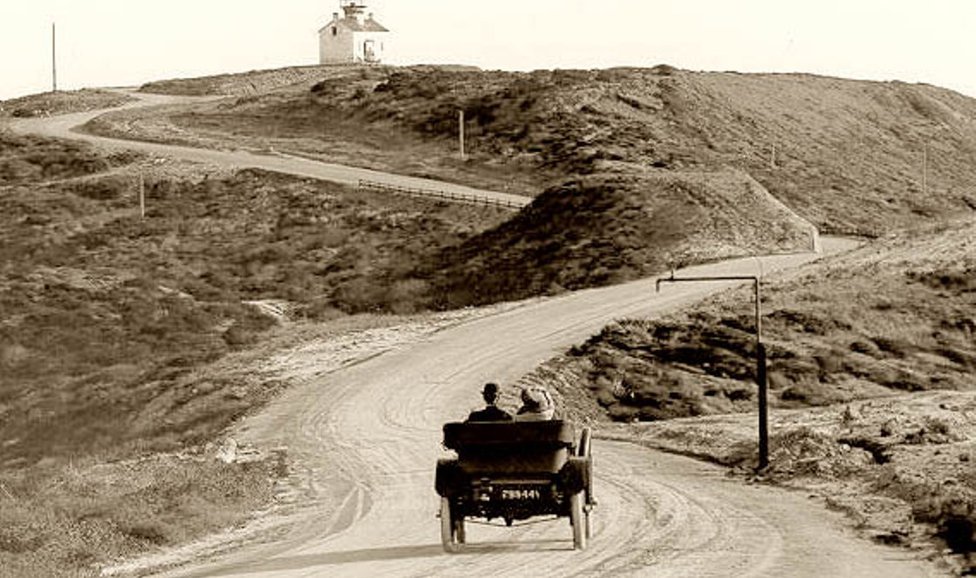
The collection was started way back in the 1920's.
This is one of the largest and finest collections of lapel badges connected to motoring.
The Badges
.png)
.png)
Miniature signs
The car factories were quick to make use of the many motormens interest in automobiles. The badges was Jewels for men and at the same time the badges were great advertisement for the car-companies. The first lapel badges appeared in the late 1890's. In the years just after the turn of the century many new car manufacturers started in Europa and in USA. Many of them had a jeweler to produce advertising badges. It was no longer just badges for cars being produced, but also badges for motorcycles, clubs, tires, oil, gasoline, motor-racing etc. The picture below shows a few examples from the collection and from this period. This is including: Adler Motor Wagen 1899, De Dion Button approx. 1905, Liege Automobile Club 1898, Ellehammer Club from approx. 1910, Danish Automobile Club before it became a royally protected club in 1912, Dunlop race badge from 1905, KAK winter rally in Sweden in 1911 and automobile exhibition in Stockholm 1903.
Owning and driving a car in the early 1900's was something very special and something only a very few could obtain. If someone had a car or dreamt of owning one he would be able to show it by wearing the car-badge. The badge would be attached as a brooche on the jacket, hat or tie. Even though you were not sitting in the car everybody could see or would think you had the wealth to own one. Furthermore people could see you had interest in the latest fashion and technology. In the beginning the automobile and motoring symbolized wealth, development, freedom and opportunity. In addition, there was an element of speed and horsepower which from the start was popular among the male audience. Therefore, the motoring badges were popular from the start as a statement and status symbol.
Driving the Cyklonetts in the days of the early 1900's. Membership of motor club FDM (united danish motorowners) can be seen by the badge on the cap.
Glass, gold and celluloid
In Denmark and Europe badges were generally made just like coins. The picture to the right shows what is called a matrix, which is a stamp that under high pressure forms the metal.
The metal was often, especially in the early years a gold-like alloy. What makes the badges very beautiful is the enamelling. After printing it´s possible to make an enamelling in various colours. Glass powder is placed on the surface and under heat the glass melts and flows. After cooling the badge appear with the beautiful enamel coating. After the cooling the pin or socket is soldered on the backside. In USA they also started very early making car badges but there they often chose to produce badges in celluloid. In the collection there are examples of this type of badges dating back to the late 1890's.
From large to small badges
In the beginning the label badges were generally large and made by jewelers, goldsmiths. An example of one goldsmiths, is the Danish company Heimbürger which were located in Copenhagen. In the collection you can see emblems from Heimbürger, for example Thrige car from approx. 1909, Danish Motor Club from approx. 1915 Nimbus from 1920.
The general trend with big badges remained until around 1925-35.
In the period after 1925-35 the badges were still well made but became significantly smaller and more discreet. Most badges were now produced in large quantities by companies specializing in just emblems. The manufacturing of badges were to satisfy a special need of the many motor enthusiasts and badge collectors. In the collection there are more than 1500 of this type of emblems. A small selection can be seen in the picture below.
The to Scania Vabis badges are a good examble of a large early badge from apx 1911 and the later and smaller 1946 high quality gold badge.
Some badges just have a little extra
The badges that comes from the grand old collectors and also the badges that comes from the people who actually had them from new, have of course something extra.
To the left is a Monte Carlo badge bought from the former racedriver Erhardt Fisker. His motorcycle-shop in Copenhagen is still in existans.
To the right is at badge which commes from scientist and journalist Dr. Michael Schrøder who collected badges as a boy back in the 1920-30's in Denmark. On a holyday I visited him at his Castle in Arnac La Poste in France where he gave me this beautyful badge from Lea Francis of Coventry. His nice Collection seems to have disapeared since nobody knows where it is to day.
When the biggest Dutch collector died the widow wanted to sell, and I managed to buy large parts of the Keldor and Falk collections back to Denmark and to this collection.
I
From the start and up to the late 1930's many people liked to wear car-badges. You can see that in a lot of old Pictures like in the one below.
.png)
Chauffeurs and people with several badges. Among the vehicles are Scania Vabis, Delaunay Belleville an Chiribiri.
Among more the Chauffeurs carry badges from both KDAK (Royal Danish Automobile Club) and FDM (United Danish Motor Owners)
Street View from the corner of Sønderbro and Slotsbakken in the city of Sønderborg, Denmark just after World War 1.
Historical value
In it´s own way this collection tells the car's history in Denmark and the world. From the start we had in Denmark most German and French cars. A little later many English cars came to Denmark and finally came a lot of Americans. This is of course reflected in the collection. Worldwide there have been several thousand automobile makers. Among the badges in this Collection you can see that many have had relations to Denmark or tried to sell cars here. Club Life connected to motor and motor-sport has been particularly abundant in Denmark. This is also reflected in the collection, where you find several hundred motoring-related Danish club emblems.
In the early days there were interesting car-races in Denmark, for example on the Isle of Fanoe. There were also Danes who were involved in car-racing abroad. This collection includes the badge collections of some of the famous Danish race-drivers
The picture to the right shows a beautiful Hispano Suiza racecar. The badge in the cap does not look like a Hispano Suiza badge as shown here but it's probably the badge from the race.
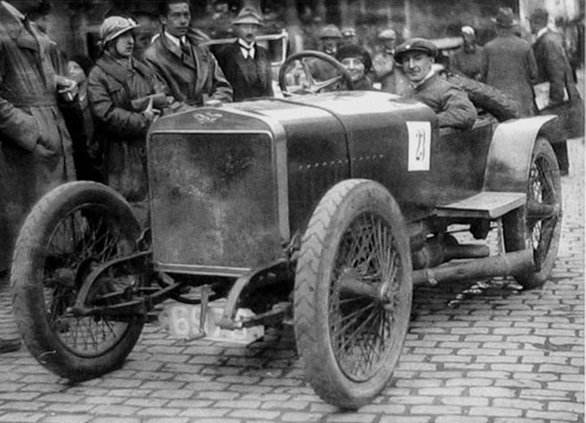
The collection will never finish
A good thing about collecting car badges is that something new and unexpected keeps turning up. During my time collecting it has been great when I bought and included an entire collection, but it has also been nice to go hunting at flea markets finding one badge at a time - it has taken up a lot of time over the years. Since I started collecting in the early 1970's I have been chasing the Ellehammer badge (One of the automobile pioneers in Denmark). It took more than 30 years before I found it. It's probably the most beautiful Danish badge made. It can take a long time to find some of the badges since they can be extremely rare and maybe only a handful were made. In many cases only one piece is known to exist but of course this makes it more interesting to seek and collect.
The main part of the collection is badges from the late 1890's to the 1940's. Fortunately badges of high quality were also produced after 1940. Recently a friend who over the years have helped provide badges to the collection came with a small beautiful Lamboginni badge. The badge is in real gold and enamel from the 1970's and was a gift from the Lamboginni factory to a Danish motor journalist. Of course it´s also included in the collection and in this way the collection luckily will never finish. The collection is a unique result of 90 years of collecting and it will be impossible to make anything like it today. I have collected for nearly 40 years and lets see who will carry on this small heritage of automobilia in the future.
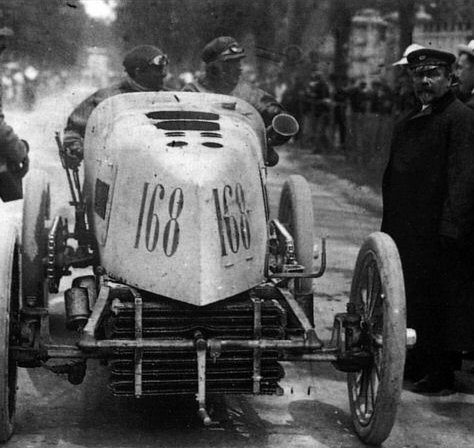
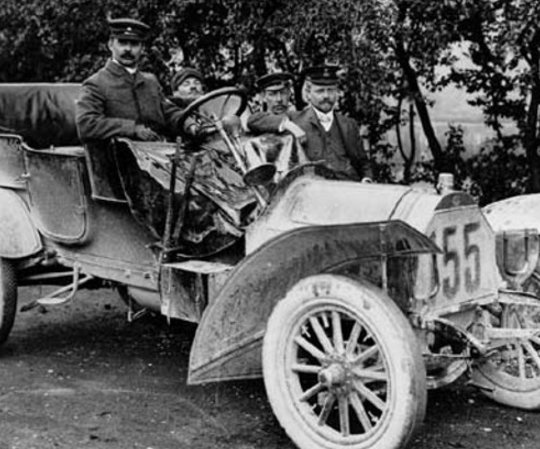
August Horch in 1906. It sure looks like the Horch badge in the hats.
Fernand Gabriel Mors in Paris - Madrid 1903. Is it the Mors badge in the hat?
The main part of the collection is badges from the late 1890's to the 1940's. Fortunately badges of high quality were also produced after 1940. Recently a friend who over the years have helped provide badges to the collection came with a small beautiful Lamboginni badge. The badge is in real gold and enamel from the 1970's and was a gift from the Lamboginni factory to a Danish motor journalist. Of course it´s also included in the collection and in this way the collection luckily will never finish. The collection is a unique result of 90 years of collecting and it will be impossible to make anything like it today. I have collected for nearly 40 years and lets see who will carry on this small heritage of automobilia in the future.
One can still find car badges
Fortunately many vintage automobile enthusiasts have a few badges or a small collection and you can still find them at flea- and swap markets in Denmark. However it can take time to make good findings. Today you can also find badges on the internet such as DBA, QXL and Lauritz. On the international market badges can be found on internet auctions like on e-bay. However you will find that the prices especially on the international market are very high, and rare lapel badges today can cost up to several thousand euros for a single badge.
Before the Internet took over much of the trade, one could find badges in small shops in Denmark specialized in old medals and badges. In Copenhagen there was a small shop called "Collector", that have supplied many badges for this collection. In this shop the collectors came from Denmark and all around the world to get hold on the many badges that existed there. From time to time even famous people appeared in the shop to see what they could find. From time to time the Crown Prince of Denmark visited the store. One day even Michael Jackson suddenly came in from the street to buy different things. It turns out that Denmark has been a real collectors Mecca. Although that over the years a lot of badges have been sold out of Denmark there is still something to be found - so get out on flea- and swap markets and look through the internet to see what is still hidden out there.
.gif)
.gif)
On the picture above you can see Bendt Larsen's small shop "Collector" in Copenhagen. To the left is one of the most beautiful lapel badges from a Belgian motorcycle La Mondial, which was found in a box in the store. To the right is the newspaper article from Jackson's visit to the shop in 1992.
Badges in use at races.
The motorcycle is a French Alcyon and the badges in the hat and the lapel sure looks like the Alcyon-badge.

Monte Carlo Race
Monte Carlo 1954. The Danish racedriver Robert Nellemann is sighning up for the race. In the lapel he carries a Monte Carlo badge for several years of participartation in the race. The other badge shown is the badge from 1954.

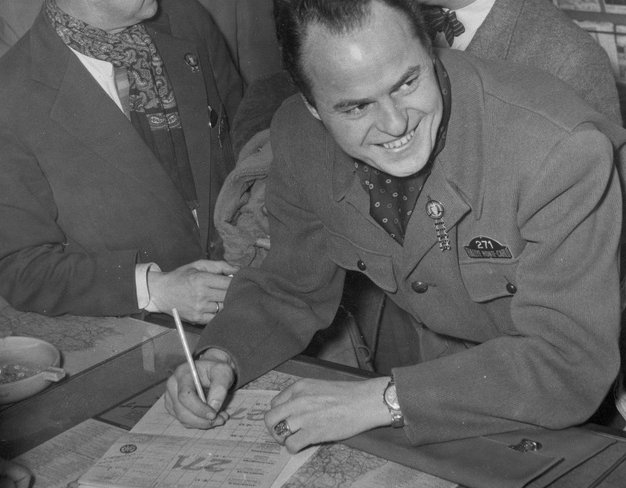
Fanoe Race
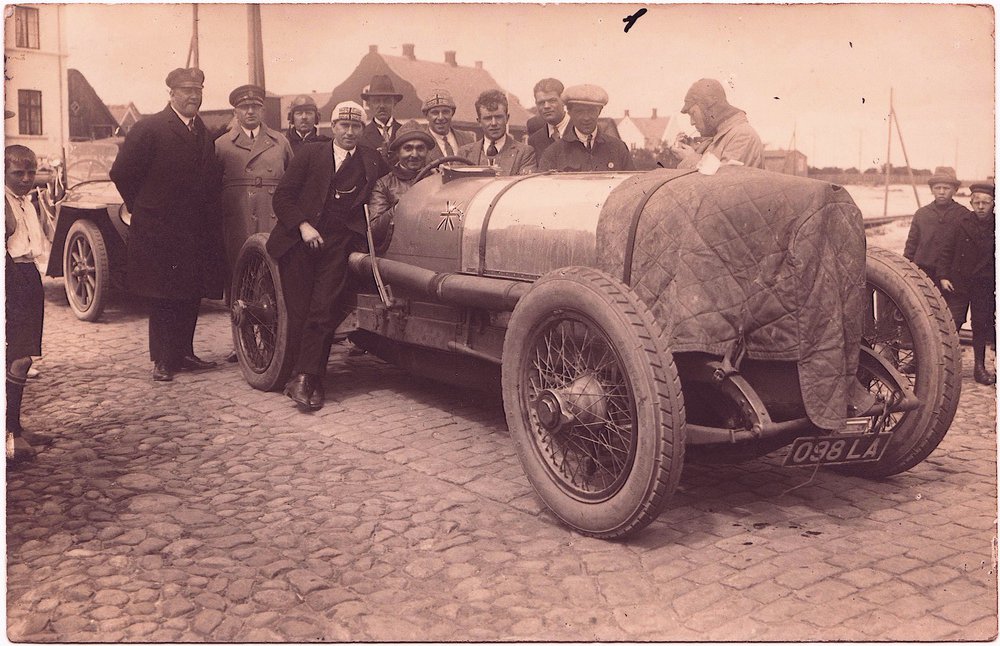
Sunbeam Bluebird at the harbour on the Isle of Fanoe, Denmark. Its the Fanoe race in 1923. You can see several badges among the drivers and the officials. The badges are sitting in the hats, lapels and also in the watch-chain. The big badges from KDAK (Royal Danish Automobile Club) are the most visible.
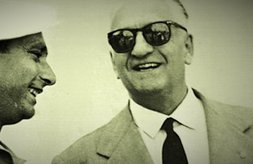

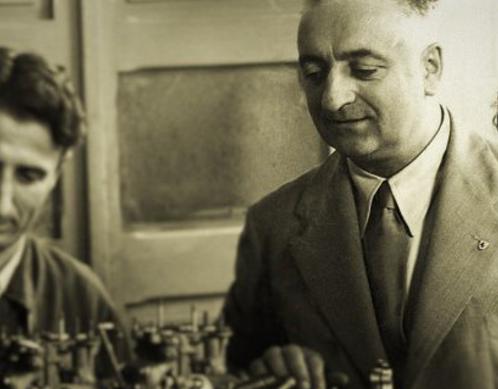
Ferrari and the lapel badge
Enzo Ferrari very often had the small and discrete lapel badge with the Ferrari brand sitting in the buttonhole in his lapel. The badge shown is the official advertising badge from Ferrari made in the 1950ties by Omea, Milano
You can see more badges in use at the end of each gallery


